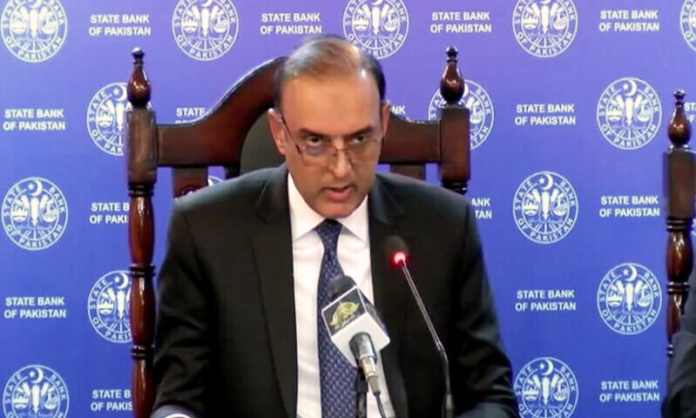The State Bank of Pakistan Reduced interest rate to 19.5%, bringing it down to 1% in an official announcement today.
SBP Governor Jameel Ahmad revealed this decision during a media briefing following the monetary policy meeting. He noted that inflation is gradually decreasing, and the country’s economy is on the path to recovery. The monetary policy committee decided to reduce the interest rate by 100 basis points, lowering it to 19.5%.
This move is aimed at supporting economic growth, with the central bank optimistic about further improvements in economic indicators. “The reduction in the interest rate reflects our confidence in the current economic trajectory,” Jameel Ahmad stated.
Future projections estimate that the average inflation rate will stabilize between 23% and 25%, following last year’s 23.4%.
In June, Pakistan’s central bank cut its key policy rate for the first time in four years, reducing it by 1.5 percentage points to 20.5% due to a significant slowdown in inflation, which fell to 11.8% in May from a high of 38% in May 2023.
Additionally, the current account deficit has decreased to $700 million in the last fiscal year, and foreign exchange reserves have significantly increased by $5 billion, reaching $9.4 billion by June 2024.
Governor Jameel Ahmad also announced the removal of all import restrictions, facilitating seamless external payments. Despite a monthly increase of $1.3 billion in imports, reserves have remained stable. Banks have resumed dividend payments to foreign investors, transferring $2.2 billion in profits abroad, marking a sevenfold increase in profit repatriation.
Improvements have been noted in payments for airline royalties and technical fees. The SBP has made it easier for importers to conduct transactions through their banks without prior central bank approval.
The oil import bill has decreased significantly, dropping from $2.3 billion to $1.4 billion in the first quarter due to lower international prices and reduced volumes. This reduction has provided substantial support, with non-oil imports standing at $3.2 billion, reflecting an increase of over $1 billion. Moreover, for the current fiscal year, GDP growth is projected to be between 2.5% and 3.5%.


